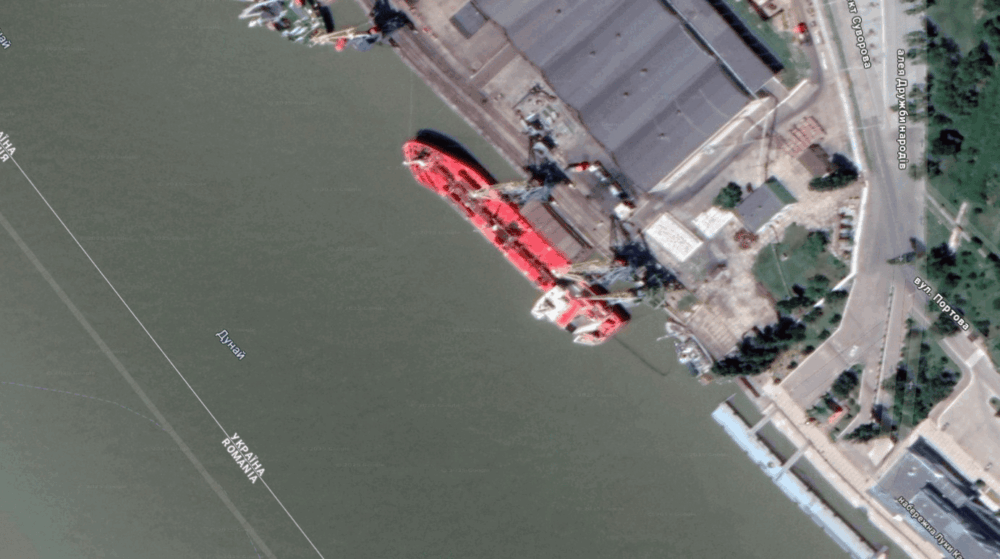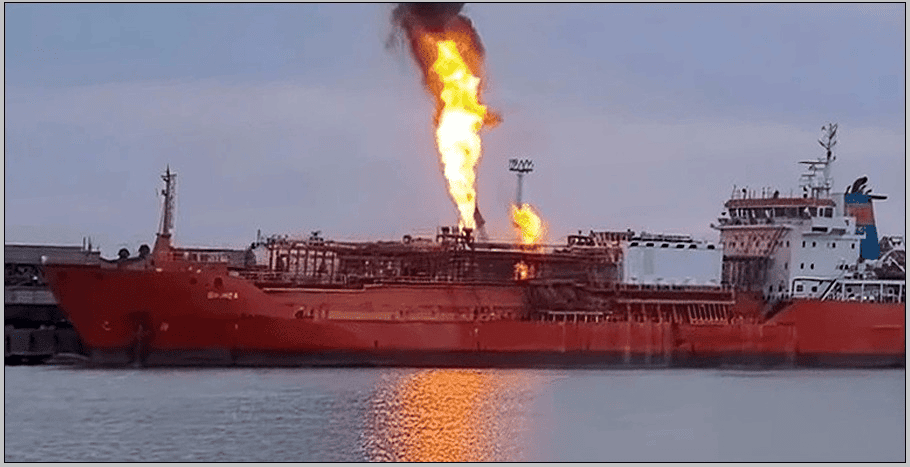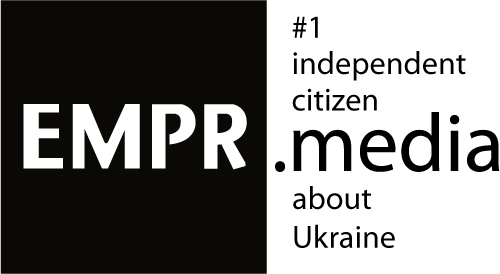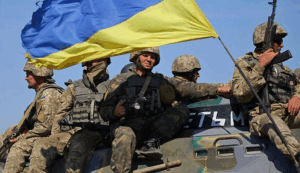A Turkish tanker in Izmail was most likely hit deliberately, because Turkish vessels account for 40% of shipments through the Ukrainian maritime corridor.
On the first map:
1 – this is the Romanian village of Plauru, located opposite the port of Izmail.
2 – this is likely the anchorage of the Turkish LPG tanker (LPG Tanker ORINDA IMO 9240122) that was hit on 17 November 2025 during a massive Russian attack on Izmail. A similar LPG tanker can be seen on the satellite image. This was reported by Andrii Klymenko.

On the same Google satellite image in higher resolution (photo 2), one can see the level of detail provided by modern reconnaissance tools.
It is worth noting that unlike the ports of Greater Odesa — where AIS transponders on vessels have been switched off after the series of air attacks in 2023 — such a practice is not observed in the Danube ports.
Meaning that Russia could not have failed to know, when planning the strike on the port of Izmail, that a Turkish LPG tanker — i.e., a high‑risk vessel (LPG tankers are painted red for a reason) — was present there.
If this hypothesis is correct, the question arises: why? What message was Russia trying to send to its Turkish friends and partners?
For those who keep statistics, like the Monitoring Group of the “Institute for Black Sea Strategic Studies”, the answer is more than obvious.
Many readers, we are sure, will be surprised by the scale of the figures, as they are understandably not advertised:
Over the first 10 months of 2025, 2,103 merchant vessels arrived at the Ukrainian seaports of Greater Odesa (Odesa, Chornomorsk, Pivdennyi).
On average, that is 210 vessels per month (more precisely, voyages, since some ships manage to make several voyages per month, though such cases are few).
In October 2025 — despite near‑daily missile and UAV attacks — a record number since the start of the year was reached: 266 vessels.
You may ask: “So what?” – The point is that 40% of all these vessels belong to Turkish companies. This is the largest share. Next come Greek shipowners (up to 20%). The rest are scattered in small numbers across about two dozen other countries.
Therefore, our hypothesis is that Moscow decided, in its characteristic manner, to “send a message” to Turkey — that Turkish vessels should stay away from Ukrainian ports, because this supports Ukraine’s budget, specifically the part that funds the war against Russia.
And our monthly analysis of missile and other strikes on Ukrainian ports indicates the emergence of another trend:
against the backdrop of constant attacks on the ports of Greater Odesa, strikes on Ukraine’s Danube ports are intensifying. The goal? To prevent them from backing up the Odesa ports when needed.
In this context, pushing the Turkish merchant fleet out of transport operations to and from Ukraine is a serious objective for Russia.
And the shelling will only intensify.





























